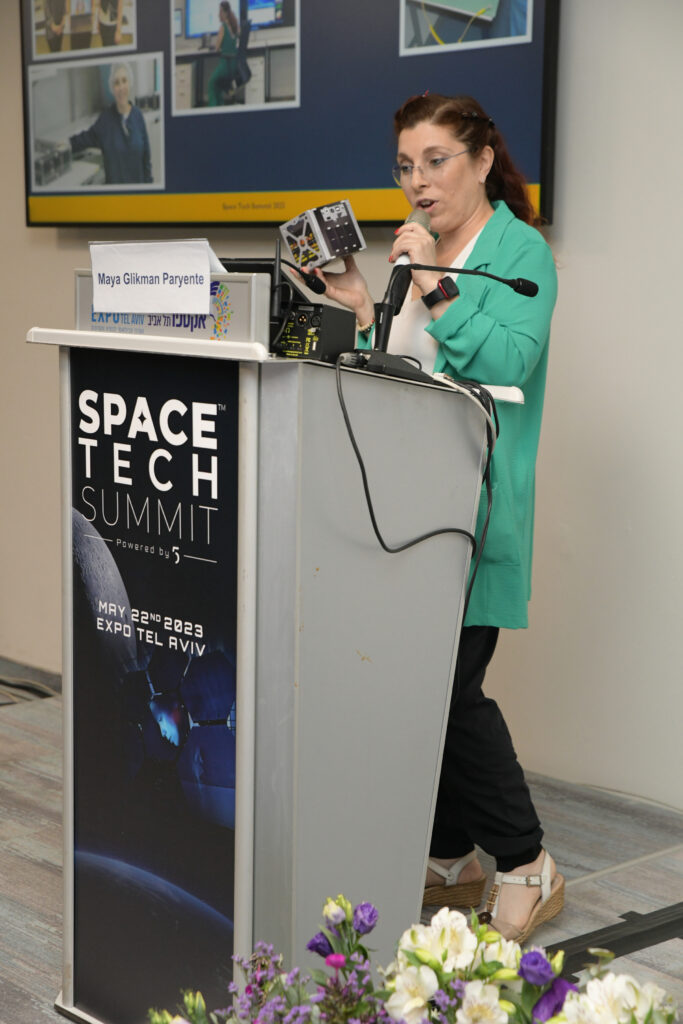Over the course of the history of spaceflight, there has always been an element of autonomy
given to vehicles. From guidance and navigation of the earliest rockets and satellites to complex
landing site selection algorithms on the most recent missions to Mars, the people who have built
these machines have built-in functionalities that allow these machines to function, to some
degree, without human involvement. Traditionally these automations were a very direct set of
hard-coded instructions, but more recently, Artificial Intelligence (AI), has emerged as a new
technology that holds intriguing potential to take the automated nature of satellite operation to
the next level.
The Growing Involvement of AI In Spaceflight
According to Andy Townsend, a former member of the European Space Agency Human
Spaceflight and Robotic Exploration Directorate, AI has played a pivotal role in the evolution of
space exploration, particularly in satellite and probe operations. For example, one of the earliest
instances of AI in space missions dates back to 1998 with the deployment of an AI algorithm
named “Remote Agent” on Deep Space 1, a comet probe. Although rudimentary by today’s
standards, Remote Agent showcased its capabilities by planning and scheduling activities and
diagnosing onboard failures autonomously. Since then he writes, AI’s involvement in space
exploration has expanded significantly. AI’s ability to adapt and make decisions in real-time,
especially in environments where human intervention is limited due to vast distances, has been
a game-changer. This adaptability is crucial for missions where unforeseen scenarios can arise,
and the ability to autonomously navigate and make corrections can mean the difference
between mission success and failure.

AI Supports Satellite Operations In Different Ways
From these humble origins to today, AI is increasingly at the forefront of reshaping satellite
technology and the broader space industry. Traditional satellite operations, which once heavily
relied on human intervention for tasks like orbit control and system maintenance, are now being
augmented with AI, allowing for increased efficiency and reduced operational costs. The vast
data generated by satellites, often overwhelming in its volume, is now more effectively
processed and analyzed using AI algorithms. These algorithms can detect patterns and trends,
providing invaluable insights for industries ranging from agriculture, where crop health can be
monitored, to disaster management, where the impact of natural disasters can be assessed.
Real-world applications further underscore AI’s transformative impact on the satellite industry. For example, Israel Aerospace Industries (IAI) has introduced the SatGuard system, an AI-driven platform designed to extend the lifespan of satellites by detecting operational anomalies. Rooted in big data and machine learning, SatGuard can analyze telemetry data to identify and address irregularities in satellite operations. This innovation emerged from the SPARX, IAI Innovation Center accelerator program, in collaboration with Starburst, a global start-up accelerator specializing in aerospace.
In the realm of satellite communication, AI’s role is becoming indispensable. As the global demand for high-speed internet surges, AI ensures optimal bandwidth allocation, minimizing latency in satellite networks and paving the way for satellite-based internet services that aim to connect even the most remote regions. Moreover, AI’s precision is crucial for advanced satellite technologies, especially in tasks like on-orbit servicing and space debris removal. These systems can navigate and conduct experiments in deep space without constant human oversight, heralding a new era of space exploration where distant planets and celestial bodies can be explored with unprecedented efficiency.

Further emphasizing AI’s growing significance, a Chinese firm launched “WonderJourney“, a satellite with AI as a core functionality, designed to process data without relaying it back to ground control. The primary objective of this satellite is to test various systems and AI applications, gauging their in-orbit efficiency. Similarly, the U.S. National Reconnaissance Office (NRO) is keen on leveraging AI and machine learning to enhance the operation of imaging satellites and process data in orbit. Such advancements allow for in-space data processing, reducing the need to send vast amounts of data back to Earth. Moreover, these technologies enable a more rapid response to changing mission parameters, showcasing the potential of AI in future space missions.
Man or Machine? The Future Of Satellite Operations
With the amazing advancements in using AI in Satellite operations, a more fundamental question arises: Is removing the “person-in-the-loop” and replacing them with AI an ideal approach? Recently, Maya Glickman-Pariente, CEO of Spacealist, and an industry veteran in the realm of satellite operations, gave a keynote address at the 2023 Space Tech Summit and addressed this exact dilemma. In her opinion, she argues not only is there a place for a person to be in the loop, but it is an ideal to strive for.

Despite the recent advancements, Glickman-Pariente warns that AI will never be able to fully replace human involvement in satellite operations. She argues that at the end of the day, an AI lacks a key capability: the ability to “doubt” the information it is receiving. She gives a situation she encountered with a satellite. The satellite in question was having problems firing its thrusters. Ultimately, the cause was determined to be the freezing of oxidizer in a main pipe being “captured” between two sheets of multi-layer insulation. This problem was found by doubting everything that didn’t match the actual data from the telemetry. Glickman-Pariente argues that an AI won’t exhibit doubt in the same way a human skeptic would, as it lacks subjective experiences and personal beliefs. Instead, it is limited to its programming, defined by the logic, analysis, and predefined criteria that it has been programmed with, thereby preventing it from “doubting” the information it has been fed the same way a person would. This inability to doubt, she says, is why humans will always need to play a role in satellite operations.
In the evolving discourse on AI’s role in satellite operations, Glickman-Pariente offers a nuanced perspective. She acknowledges the transformative potential of AI, drawing parallels with visionaries like Elon Musk and SpaceX, and even thinking it likely AI will be integrated in areas like network constellation management. However, she remains steadfast in her conviction that AI, devoid of human morals and intuition, can never truly replicate human decision-making. While AI might streamline operations and reduce human intervention, Glickman-Pariente emphasizes that the essence of humanity will always be pivotal in steering mission objectives and ensuring ultimate success in satellite operations.
As the future of AI and satellite operations unfolds, the interplay between man and machine emerges as a central theme. The advancements in AI promise efficiency, precision, and adaptability, yet, as Glickman-Pariente highlights, the human touch, with its intuition, doubt, and moral compass, remains irreplaceable. While AI continues to push the boundaries of what’s possible in space exploration, it’s clear from opinions like Glickman-Pareiente’s, that for the near future, the heart of these operations will always be human. As humanity continues its exploration of the cosmos, the collaboration between AI and human expertise will undoubtedly shape the next frontier of space missions, ensuring that while machines may soar among the stars, human spirit and judgment will always guide their course.

